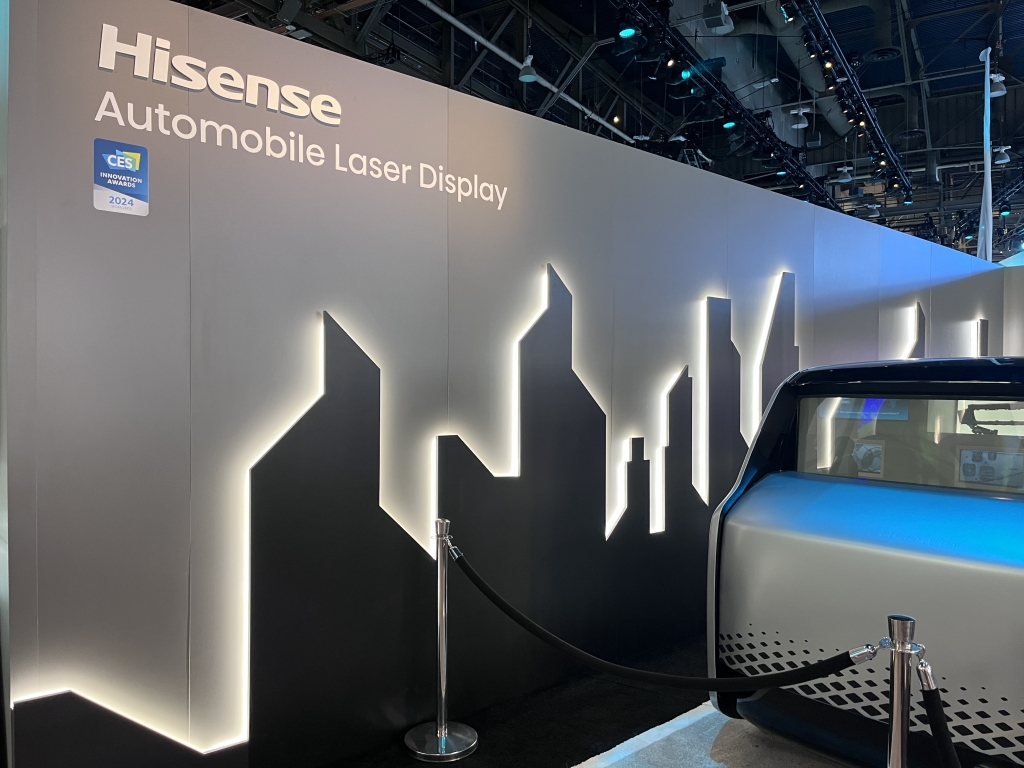When you step onto the stage of the Norwegian exhibition, your booth is not only a space to showcase products, but also a concrete expression of the brand soul and Nordic spirit. How to accurately grasp the essence of design and efficiently complete foreign construction? This article will break down the entire process of the Norwegian booth from concept to landing, integrating practical experience to help you seize the opportunity in the Nordic market!

1、 Norwegian booth design and construction: rigorous process creates excellence
1.1. Design phase: precise transformation from concept to construction drawings
Deep collision of demands: Deeply communicate with professional design teams (such as those with rich experience in Norwegian projects) about brand positioning, core exhibits, budget, and preferences of Norwegian target audiences. Pain point warning: Lack of clear requirements often leads to design iterations and delays in project timelines.
Conceptual proposal presentation: The designer integrates the aesthetic essence of Norwegian simplicity, nature, and functionalism, combined with the latest trends in environmentally friendly materials such as certified wood and recyclable composite materials, to provide 2-3 sets of creative conceptual proposals and preliminary budgets.
Deepening design and approval: After selecting the plan, refine the structure, lighting, multimedia interaction, and graphic content (ensuring bilingual accuracy). Key step: Strictly follow the technical and safety regulations of the Norwegian exhibition organizer and venue to submit drawings for approval, avoiding on-site compliance risks. Experts emphasize that “Norway has extremely high requirements for fire safety, material flame retardancy, and structural safety, and a professional localization team is the guarantee of compliance.” (quoted from a senior consultant of the Nordic Exhibition Alliance)
1.2. Prefabrication and transportation: efficient collaboration across borders
Modular prefabrication production: Select lightweight, high-strength, and easy to assemble modular systems (such as aluminum frames), and complete the fine prefabrication of the main structure and customized exhibition equipment in domestic factories. Practical tip: Adopt unified packaging and clear numbering to significantly improve on-site construction efficiency.
International logistics coordination: Entrust experienced international exhibition logistics providers to accurately calculate sea/air freight time, process customs clearance documents (including strict environmental material certification in Norway). Experience: Reserve at least an additional 15% of transportation time buffer to cope with the changing climate and possible port delays in Northern Europe.
1.3. On site construction: Professional team wins key 48 hours
Pre entry inspection: The team arrives in advance to check the site conditions, power interfaces, and the arrival of goods.
Efficient and precise assembly: Operated by a professional construction team familiar with the system and drawings, following the numbering to quickly assemble the main structure, install graphics and text, debug lighting, audio, and interactive equipment. Pain point resonance: Non professional teams can easily lead to uncontrolled progress, rough details, and damage to brand image.
Final quality inspection and beautification: strict inspection of structural safety, accuracy of graphics and text, equipment operation, meticulous cleaning and atmosphere arrangement (incorporating natural elements favored by Norwegians such as green plants and wooden textures).
2、 Norway’s practical experience in exhibiting: details determine success or failure
2.1. Embracing ‘Nordic simplicity’ ≠ simplicity: Norwegian audiences advocate for the coexistence of design and practicality. Avoid excessive stacking, focus on core information, and create a high-end and comfortable atmosphere with high-quality materials (such as natural wood, stone like finishes) and exquisite lighting. Data highlights: Research shows that 73% of Norwegian visitors believe that the quality of booth design directly affects their judgment of brand professionalism.
2.2. Environmental protection is a passport, non multiple-choice question: Priority should be given to FSC certified wood, recyclable aluminum, and pollution-free coatings. Clearly demonstrating environmental protection measures is deeply in line with Norwegian national values and significantly enhances brand goodwill.
2.3. Logistics and personnel: dual core guarantee: choose service providers with stable warehousing or cooperative construction partners in Norway to respond to unexpected needs. Dispatch at least one bilingual (fluent in English, preferably basic Norwegian) core personnel to participate throughout the entire process, ensuring zero communication errors.
4. Interactive experience: evoking emotional resonance: combining digital technology (such as AR showcasing product applications in Norway’s natural environment) while maintaining a user-friendly interface and intuitive content. Provide a small negotiation area that conforms to Norwegian habits (comfortable, privacy focused).
3、 Summary: Empowering Brands, Shining Norway
From accurately capturing the essence of Nordic design, to rigorously executing cross-border construction processes, and to deeply understanding local exhibition culture and audience psychology, a successful Norwegian booth is the result of strategic planning and professional implementation. It is not only a showcase, but also a bridge for deep dialogue between brand concepts and the Norwegian market.
 JOINEXPO Exhibition Construction Company
JOINEXPO Exhibition Construction Company

